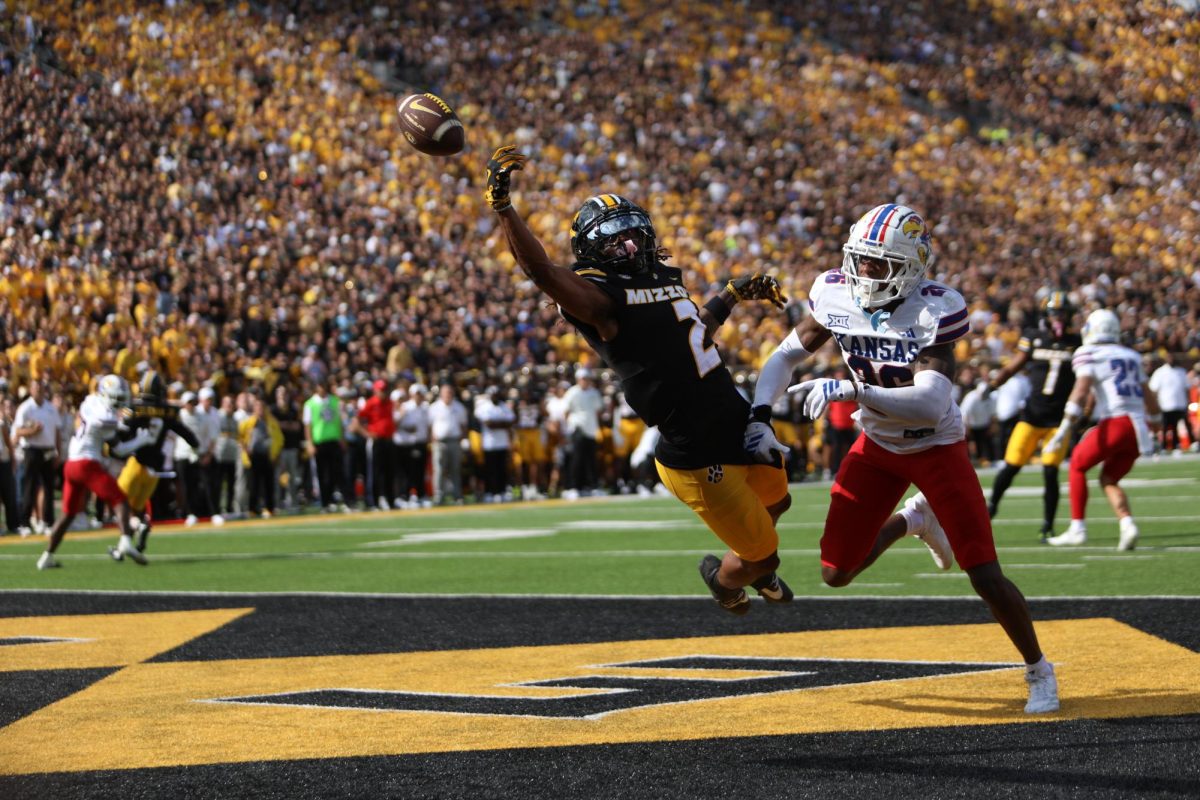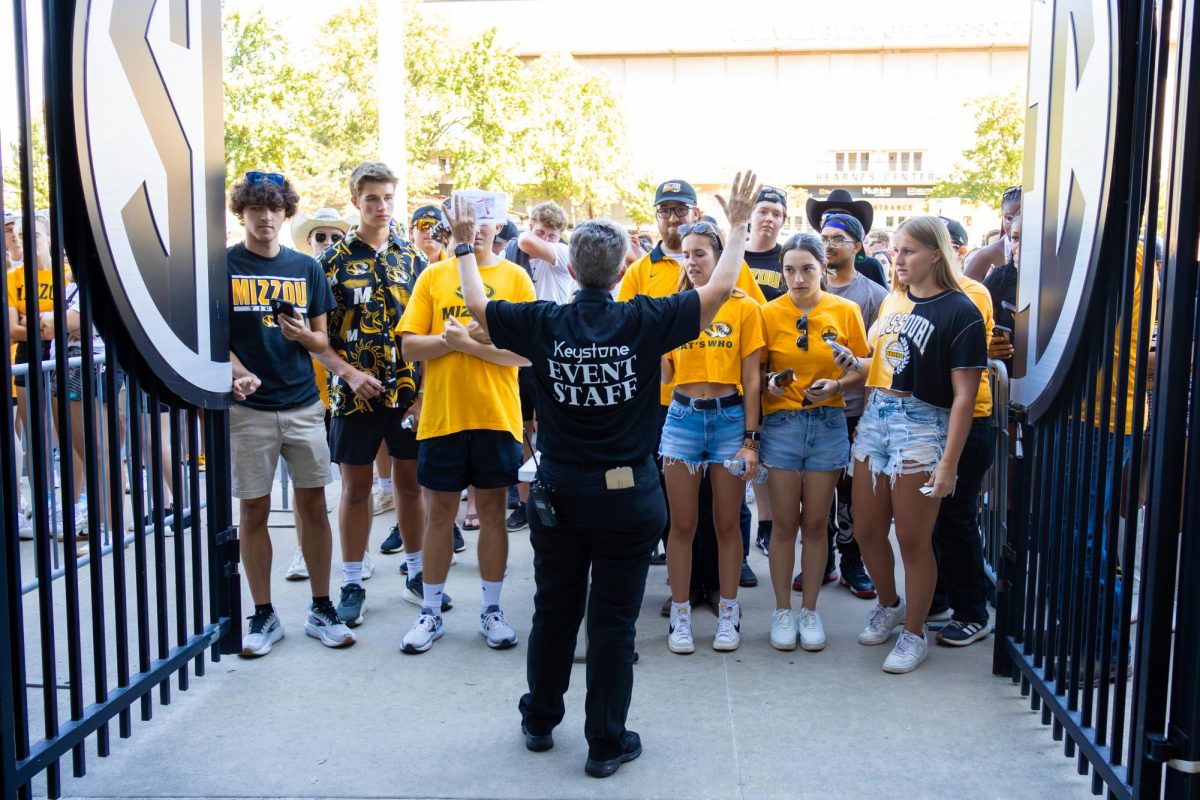Columbia watering holes seem to be drying up for underage drinkers, according to a recent Wellness Resource Center survey.
Fewer than half as many underage students reported skirting ID checks and getting drinks from bartenders who knew them in 2012 as did in 2005, according to Wellness Resource Center data. The study, which compiled data from a random sample of about 1,200 MU students, also shows 9 percent of students reporting having used a fake ID, down from 16 percent, and a marked decrease in binge drinking.
Bengals Bar and Grill and Campus Bar and Grill are both within a block of MU. Their revenues surge each fall as more than 33,000 students, many of them younger than 21, return to school. Proprietors said such opportunity has to be tempered with caution as police keep an increasingly watchful eye.
“We definitely want to be profitable, but we have to do it the right way,” said Matt Hudson, Campus Bar and Grill general manager. “No one wants to be that bartender that catches a $1,000 fine for serving someone under 21.”
Hudson and his employees have gone through numerous training courses sponsored by the Columbia Police Department that are designed to teach bouncers and servers about the consequences of serving underage patrons and ways to spot fake IDs.
Bengals bartender Celia Close has noted a rise in vigilance among her peers at the Sixth Street establishment in the face of increased police pressure during the past two years.
“They’ve been sending in undercover underage kids to bust people,” Close said. “We have to protect ourselves.”
There are many different factors that can affect how an underage student population might drink and how much, but bars play a significant role, Wellness Resource Center director Kim Dude said.
Underage drinking at private gatherings has only decreased by 3 percent compared with a 48 percent decline underage drinking at bars and restaurants, according to a Missouri College Health Behavior Survey.
Dude said she credits stepped-up police enforcement and presence for bringing bar owners and operators to the aid of the resource center.
“(Bars) are not the only source of alcohol because our students might go to liquor stories or parties off campus, but they are one of our strongest partners in trying to curb underage drinking,” she said.
At stake for area establishments are thousands in fines and liquor license sanctions. For many workers and owners, the risk simply isn’t worth the extra customers attracted to a bar perceived as lenient toward underage drinking.
Samuel Hefter has been bartending at Shiloh Bar and Grill on East Broadway for about a year and said baby-faced undergraduates rarely manage to make it past the bouncer.
“One out of a thousand I would ID them again at the bar,” he said. “Otherwise I’m pretty confident that the door guy did a good job.”
Sgt. Eric Hughes works with the Columbia Police Department’s Downtown Unit, which formed in 2009. He and his officers walk in plain clothes near bars and restaurants to bolster enforcement and largely work hand-in-hand with area proprietors.
“The bars are really the first line of defense against underage drinking,” Hughes said. “But they have to want to help curb that before they actually do.”







